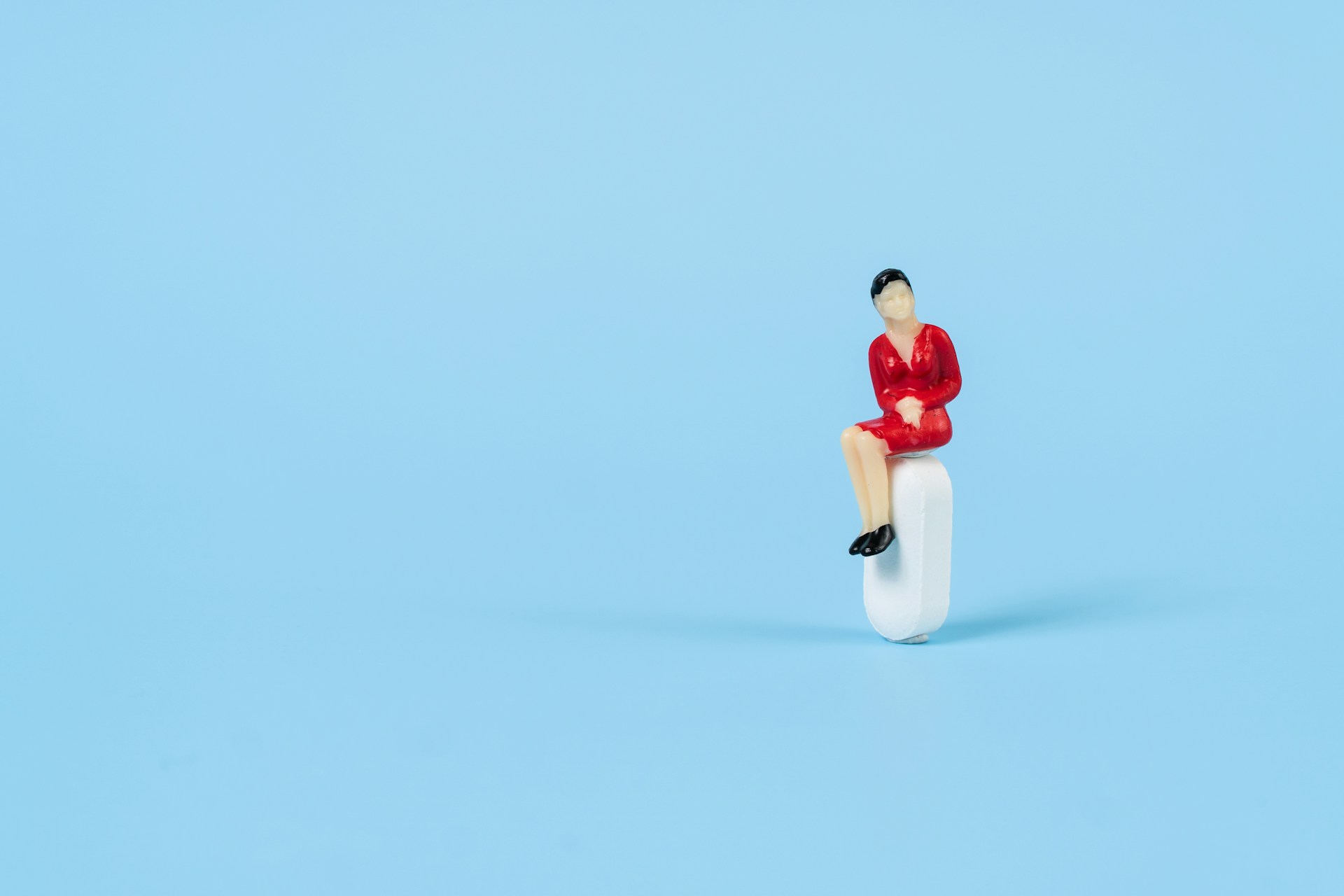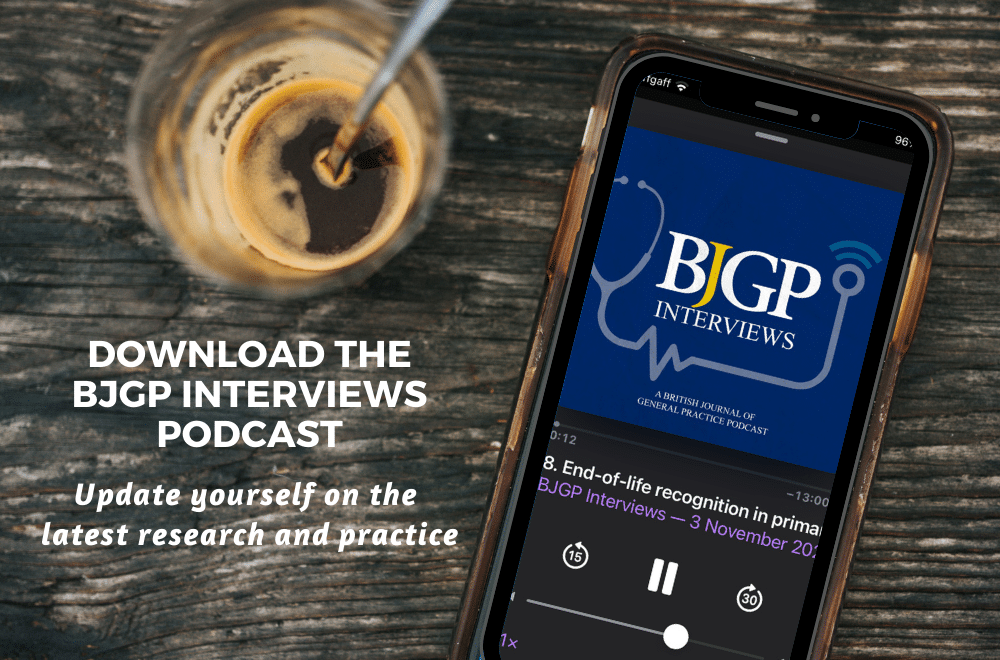 Kulsum Rampling is a qualified public health consultant, an NHS GP in Northamptonshire, and a menopause doctor for Newson Health.
Kulsum Rampling is a qualified public health consultant, an NHS GP in Northamptonshire, and a menopause doctor for Newson Health.
There has been recent media coverage around appropriate hormone replacement therapy (HRT) dosing, and subsequent focus in medical journals.1 The debate has become polarised and women’s health is being impacted. I want to provide an explanation so we can all do our best for our patients.
A 100 mcg oestradiol patch twice weekly or four pumps of 0.06% gel (3 mg) daily is the maximum licenced oestradiol dose in HRT. This dose is based on a number of small (n<50), short-duration, randomised clinical trials that were undertaken 20–30 years ago that measured pharmaocokinetic parameters (not clinical effectiveness) in women treated with transdermal oestradiol.2,3
In these studies, mean oestradiol blood levels were similar to those found in many premenopausal women, and a linear correlation between dose (at 25–100 mcg) and blood oestradiol was found. The doses were considered very low compared to oral doses typically used, and there was no increased venous thromboembolism (VTE) risk. This provided the rationale for current licenced doses of transdermal oestradiol. Today, when we go above these licenced doses we are prescribing ‘off-label’.
“Guidelines are invaluable, but there is no place for a cookie-cutter approach to HRT [hormone replacement therapy] care.”
Obviously, such short and underpowered studies have their limitations, and while we mustn’t ignore the guidelines, we must place them into context when treating the individual in front of us – even if the average woman does absorb the hormone effectively at these doses, there will always be people sitting to the left of the bell-curve, absorbing poorly compared to others, and struggling with symptoms at a like-for-like dose. In fact, oestradiol levels achieved by the same dose can differ by a factor of 10.4–6
Also, young women with premature ovarian insufficiency (POI) may need higher oestradiol doses compared to many menopausal women. A systematic review in 2022 found that higher oestradiol doses were needed to treat bone loss in women with POI.7 The 2024 European Society of Human Reproduction and Embryology International Guidelines on POI state that the low oestradiol doses used in menopausal women are insufficient for women with POI to protect bone density.8
Sometimes, when a woman is not getting sufficient hormone through the skin, we can try an alternative formulation (for example, switch from patch to gel). However, this does not always lead to better absorption. Changing to oral treatment is an option but is unsuitable for those with hypertension, migraine, and other VTE risk factors. Another strategy is to go off-label with the patch or gel. In a specialist setting with complex patients and ready access to blood tests and scans, this is an appropriate option.
“The bottom line is women are individuals, not robots.”
Body identical progesterone (and synthetic progestogens) stabilises the uterus lining against the effects of oestrogens. There is an argument that when increasing the oestradiol dose, the progesterone should always be increased accordingly.9 This can be helpful in general practice where we can’t always assess absorption.
However, National Institute for Health and Care Excellence (NICE) guidelines state we should adopt an individualised approach when managing (peri)menopause.10 This is important when we consider issues such as progesterone intolerance. If a woman is not tolerating a higher dose of progesterone, it may not be appropriate to increase this when we know her higher oestradiol dose is due to poor absorption. In a patient who is perimenopausal and progesterone-intolerant, NICE guidelines state that a 3-monthly regimen (such as a reduced progesterone dose) can be considered.11
Of course, we must also remember that progesterone upregulates gamma-aminobutyric acid in the brain, so it can be extremely helpful in managing the poor sleep and anxiety that often occur in (peri)menopause. So, some women may benefit from higher progesterone doses.
Finally, the statement HRT should be used at ‘the lowest dose for the shortest possible duration’ is often quoted in these discussions.1 This statement came from the aftermath of the WHI study,12 which looked at a different demographic of women to those typically starting HRT and considered different HRT formulations to those being used today. But a lot has changed in 22 years and this statement needs to be challenged.
The bottom line is women are individuals, not robots. Guidelines are invaluable, but there is no place for a cookie-cutter approach to HRT care. Treatment must involve joint decision making between doctor and patient, with full information shared and proper consensus obtained. So let’s please do better than the current status quo.
References
1. Khan N. High dose prescribing of oestrogen in the menopause and the BBC Panorama spotlight. BJGP Life 2024; 25 Oct: https://bjgplife.com/high-dose-prescribing-of-oestrogen-in-the-menopause-and-the-bbc-panorama-spotlight (accessed 15 Nov 2024).
2. Balfour JA, Heel RC. Transdermal estradiol. A review of its pharmacodynamic and pharmacokinetic properties, and therapeutic efficacy in the treatment of menopausal complaints. Drugs 1990; 40(4): 561–582.
3. Scott RT Jr, Ross B, Anderson C, Archer DF. Pharmacokinetics of percutaneous estradiol: a crossover study using a gel and a transdermal system in comparison with oral micronized estradiol. Obstet Gynecol 1991; 77(5): 758–764.
4. Armston A, Wood P. Hormone replacement therapy (oestradiol-only preparations): can the laboratory recommend a concentration of plasma oestradiol to protect against osteoporosis? Ann Clin Biochem 2002; 39(Pt 3): 184–193.
5. Farahmand S, Maibach HI. Transdermal drug pharmacokinetics in man: interindividual variability and partial prediction. Int J Pharm 2009; 367(1–2): 1–15.
6. Kuhl H. Pharmacology of estrogens and progestogens: influence of different routes of administration. Climacteric 2005; 8 Suppl 1: 3–63.
7. Costa GPO, Ferreira-Filho ES, Simoes RDS, et al. Impact of hormone therapy on the bone density of women with premature ovarian insufficiency: a systematic review. Maturitas 2023; 167: 105–112.
8. The ESHRE, ASRM, CREWHIRL and IMS Guideline Group on POI. Premature ovarian insufficiency (POI): guideline of European Society of Human Reproduction and Embryology. 2024. https://www.eshre.eu/-/media/E108E530143640C4A9EAE87F3437FBD2.pdf (accessed 15 Nov 2024).
9. British Menopause Society. BMS statement – HRT prescribing. 2022. https://thebms.org.uk/2022/12/bms-statement-hrt-prescribing (accessed 15 Nov 2024).
10. National Institute for Health and Care Excellence (NICE). Menopause: identification and management. NG23. London: NICE, 2024. https://www.nice.org.uk/guidance/ng23 (accessed 15 Nov 2024).
11. NICE. Menopause: hormone replacement therapy (HRT). 2022. https://cks.nice.org.uk/topics/menopause/prescribing-information/hormone-replacement-therapy-hrt (accessed 15 Nov 2024).
12. Crawford SL, Crandall CJ, Derby CA, et al. Menopausal hormone therapy trends before versus after 2002: impact of the Women’s Health Initiative Study results. Menopause 2018; 26(6): 588–597.
Featured photo by Etactics Inc on Unsplash.




